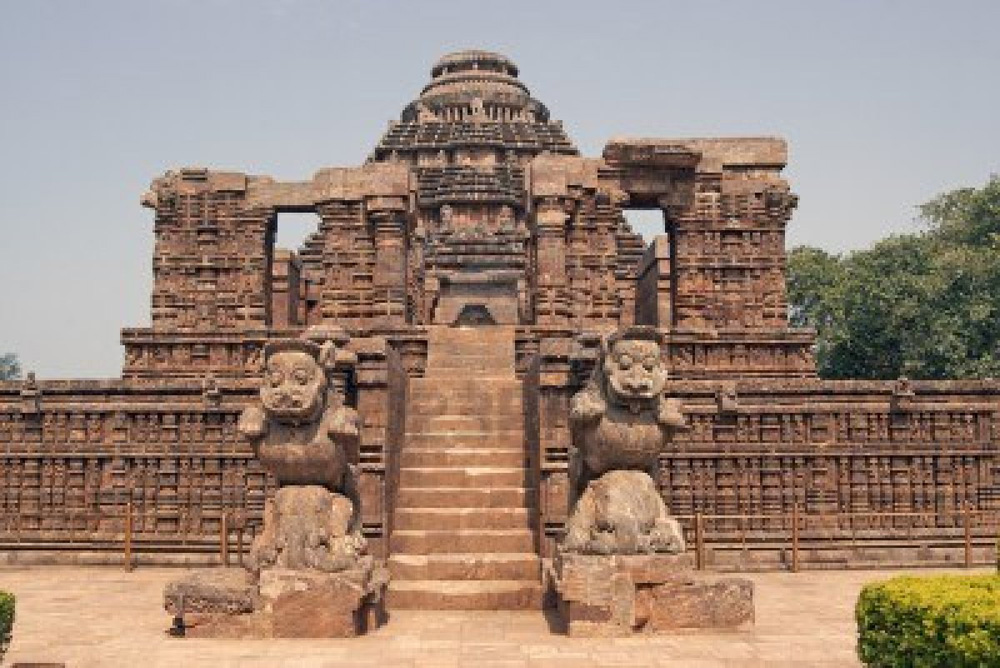Introduction:
Step back in time and journey with us to a land that once radiated glory and mesmerized the world with its opulence. Welcome to Pataliputra, the ancient city that flourished on the banks of the Ganges River, and today, stands as the modern-day capital of Bihar, India—Patna. Prepare to be captivated as we unravel the legendary tales of Pataliputra’s grandeur, its magnetic allure for visitors and pilgrims from far-off lands, and the astounding heritage that India carries within its heart.
A Land of Endless Marvels:
Pataliputra, often hailed as one of the greatest cities in the ancient world, was the majestic capital of several Indian dynasties, including the Mauryas, Guptas, and Pala empires. It thrived as a hub of political, economic, and cultural activities, attracting scholars, merchants, and explorers from all corners of the globe. The city was an architectural masterpiece, adorned with grand palaces, magnificent temples, and bustling markets, making it a sight to behold for all who laid their eyes upon it.
The Magnificent Imperial City:
At the zenith of its glory, Pataliputra exuded magnificence that awed both its residents and foreign visitors. The city was a testament to the wealth and power of its rulers, with sprawling gardens, ornate palaces, and stately structures lining its streets. The grandeur of Pataliputra extended beyond its physical appearance, as it served as a melting pot of cultures, where diverse ideas, philosophies, and religions thrived in harmony.
The Sacred Hub of Spirituality:
Pataliputra was not only a center of political and economic might but also a revered destination for spiritual seekers. The city embraced multiple faiths, offering a sanctuary to numerous pilgrims from distant lands. Buddhist monasteries and stupas, Hindu temples, and Jain shrines adorned the landscape, resonating with chants, prayers, and the fragrance of incense. Pataliputra’s spiritual aura was so profound that it attracted seekers of truth, scholars, and monks who embarked on arduous journeys to soak in its divine energy.
The Epicenter of Learning:
Education and intellectual pursuits flourished in Pataliputra, shaping its reputation as a center of learning. Scholars from across the world flocked to its renowned universities, such as the prestigious Nalanda and Vikramashila, where knowledge was nurtured and shared. Subjects ranging from philosophy, astronomy, medicine, mathematics, and grammar were taught, attracting students from as far as China, Greece, and Persia. Pataliputra’s thirst for knowledge radiated throughout the world, establishing India as a beacon of wisdom and enlightenment.
A Tapestry of Trade and Commerce:
Pataliputra, strategically located along the Ganges River, thrived as a vibrant commercial hub. Its bustling markets overflowed with traders and merchants from distant lands, trading in precious gems, textiles, spices, and exotic goods. The city’s well-organized administrative system facilitated trade routes that stretched to the far reaches of Asia, linking India with civilizations in the West and East. Pataliputra’s wealth and prosperity became legendary, fueling the imagination of traders and adventurers who sought to partake in its bountiful offerings.
Conclusion:
Pataliputra, the ancient city that once stood proudly on the banks of the Ganges, holds within its realm a rich tapestry of history, culture, and spirituality. Its grandeur and allure echoed throughout the world, attracting visitors and pilgrims who marveled at India’s opulence and greatness. Today, as we stand in awe of Pataliputra’s magnificent past, we are reminded of the timeless legacy that India carries—a legacy of diversity, wisdom, and spiritual enlightenment. Let us cherish and celebrate the wonders of Pataliputra, a testament to India’s glorious past and the enduring spirit of its people.
